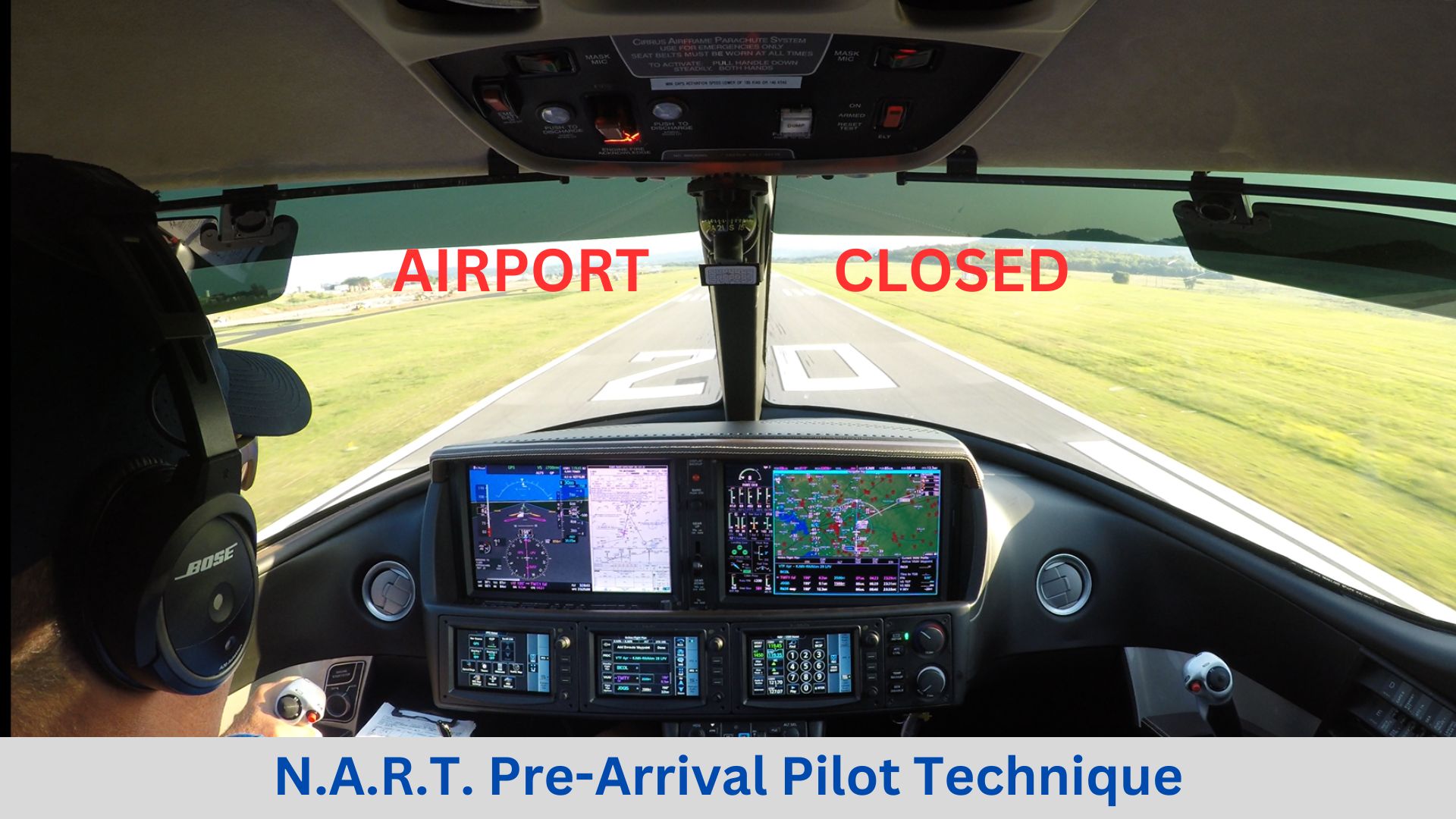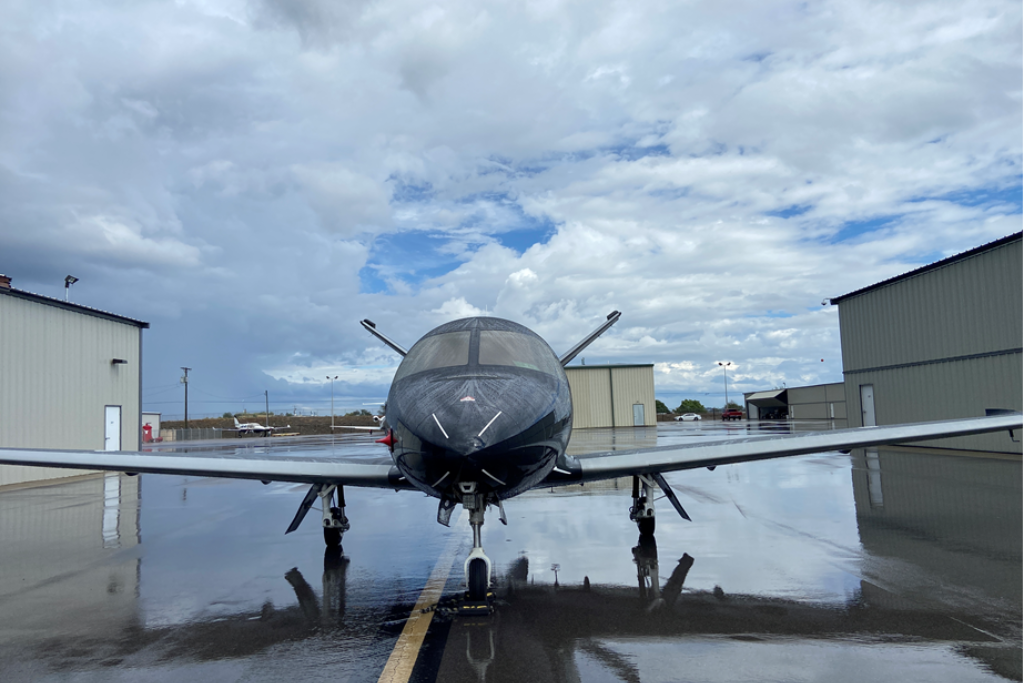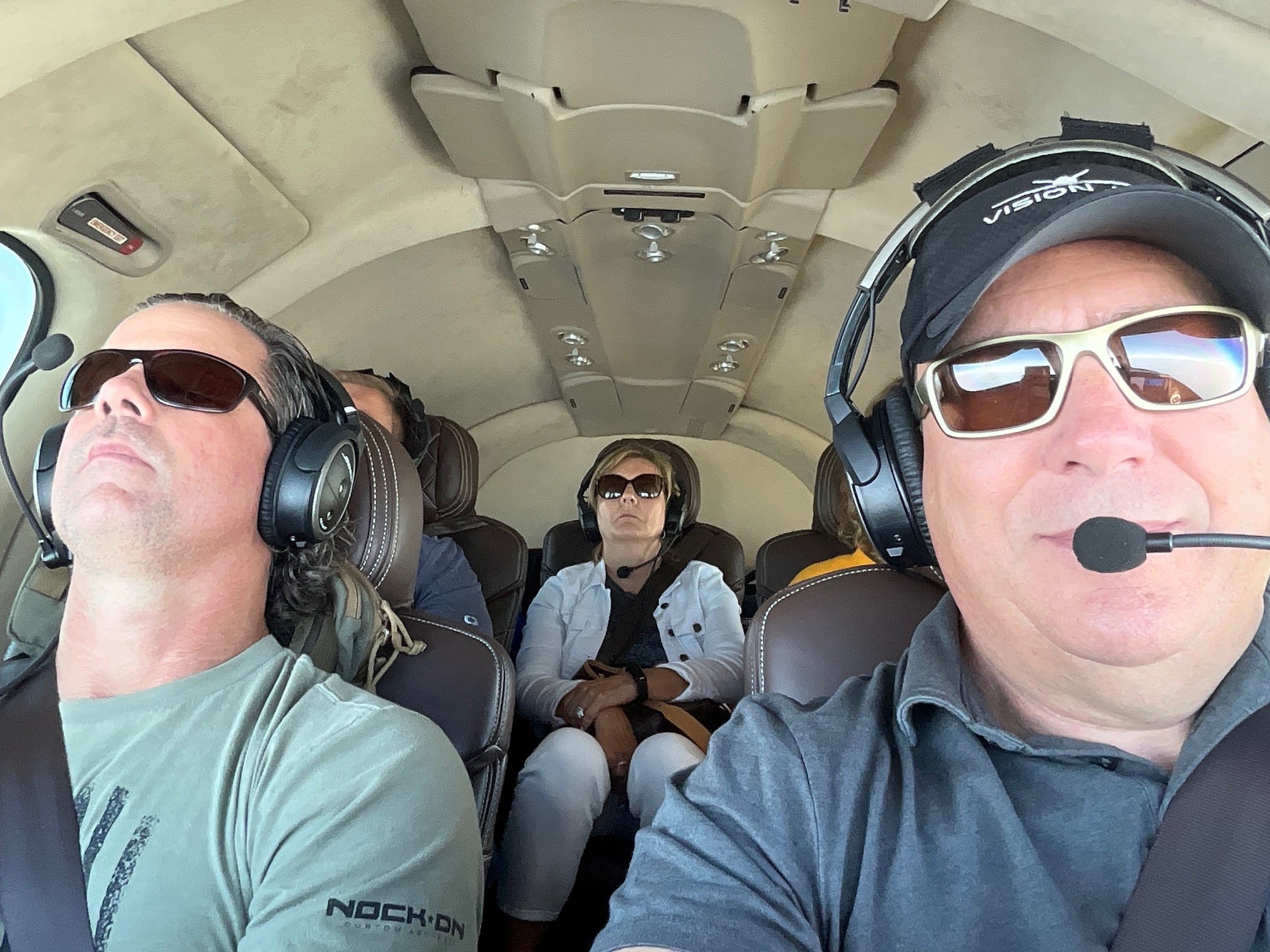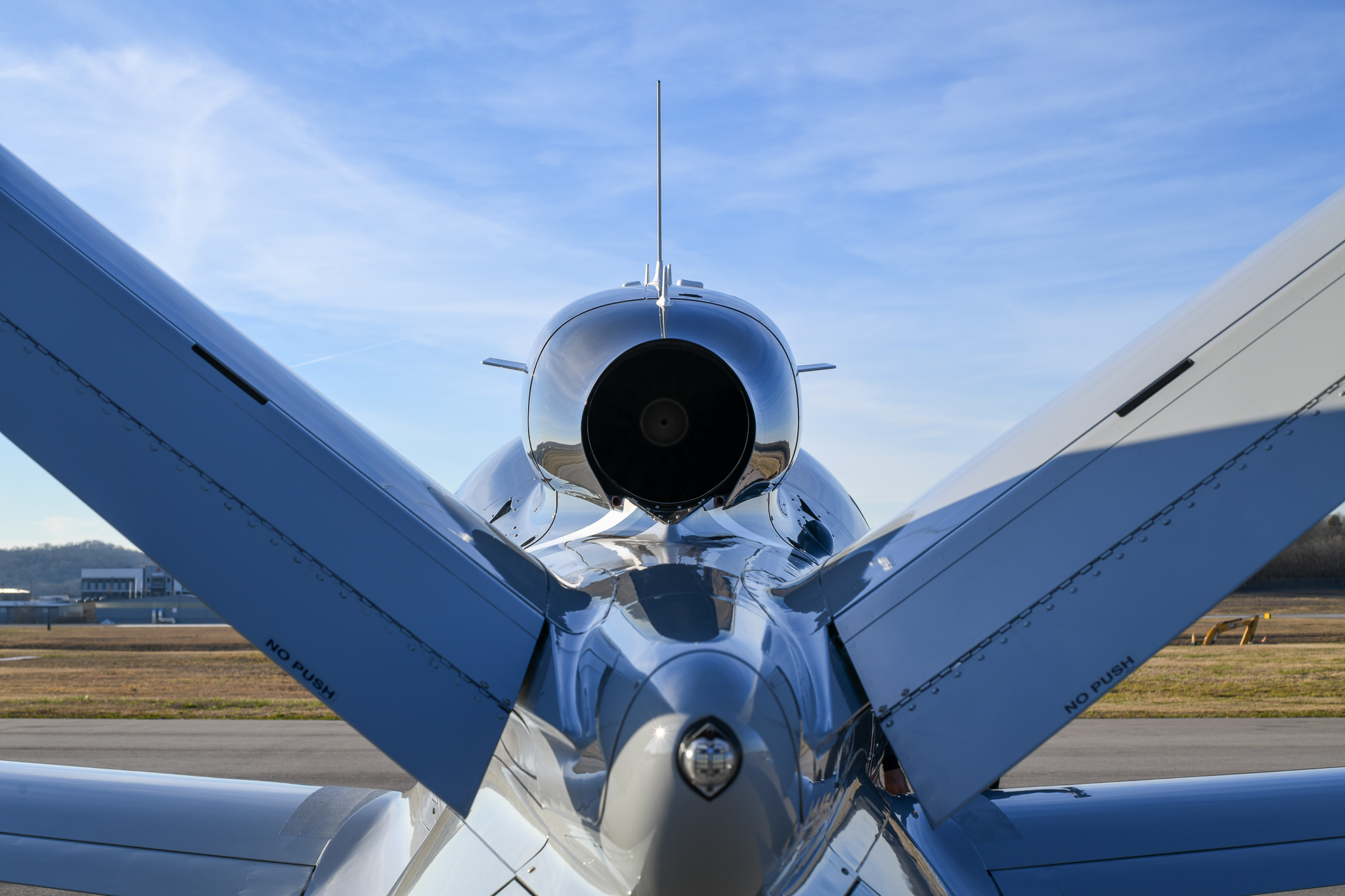Stay Ahead of the Airplane…
Pilots must fight routine and complacency by making it a goal to arrive at the destination airport ahead of the aircraft (mentally-speaking) every flight. There should be nothing left to guess-work because planned approaches and landings are critical phases of flight. I adopted a N.A.R.T. pilot technique prior to the start initial decent (or sooner in some cases). This is a checklist to ensure we obtain, and process important information related to the arrival, approach, landing and taxi. I use ForeFlight EFB on an iPad Mini for planning and as a redundant source of information in flight. ForeFlight is an excellent tool to use during the N.A.R.T. checklist. There is no way to check airport NOTAMS in the Perspective Touch avionics system. FICON (field conditions) information can be found in airport NOTAMS so it’s important. ForeFlight also supplies substantially more details about the runway environment than you can source from the avionics in the aircraft.
This is the checklist:
N – Notice to Air Missions (NOTAMS)
A – Airport Information (AWOS/ATIS)
R – Runway Information (Length, Conditions, Lighting, etc.)
T – Taxi Briefing (where will we steer the plane once we get off the runway)
It is meant to be simple because descents, crossing restrictions, arrivals, approaches, landings and taxiing are high workload phases of flight. Getting confused, distracted, or being unprepared leads to bad outcomes. Bad outcomes are avoidable by staying ahead of the aircraft.
As part of the NOTAM review, FICON, or Field Conditions may be reported when there is runway contamination due weather. Runway condition codes are usually provided using a series of three numbers. Each of the three numbers represents the runway conditions for the first third, second third and last third of the runway. NBAA has a runway condition code document you can review by clicking on the button below.
NBAA Runway Condition Codes (PDF)
It is meant to be simple because descents, crossing restrictions, arrivals, approaches, landings and taxiing can be high workload phases of flight.
– Don Medine, Professional Pilot
I demonstrate and discuss N.A.R.T. in the video below.




















































